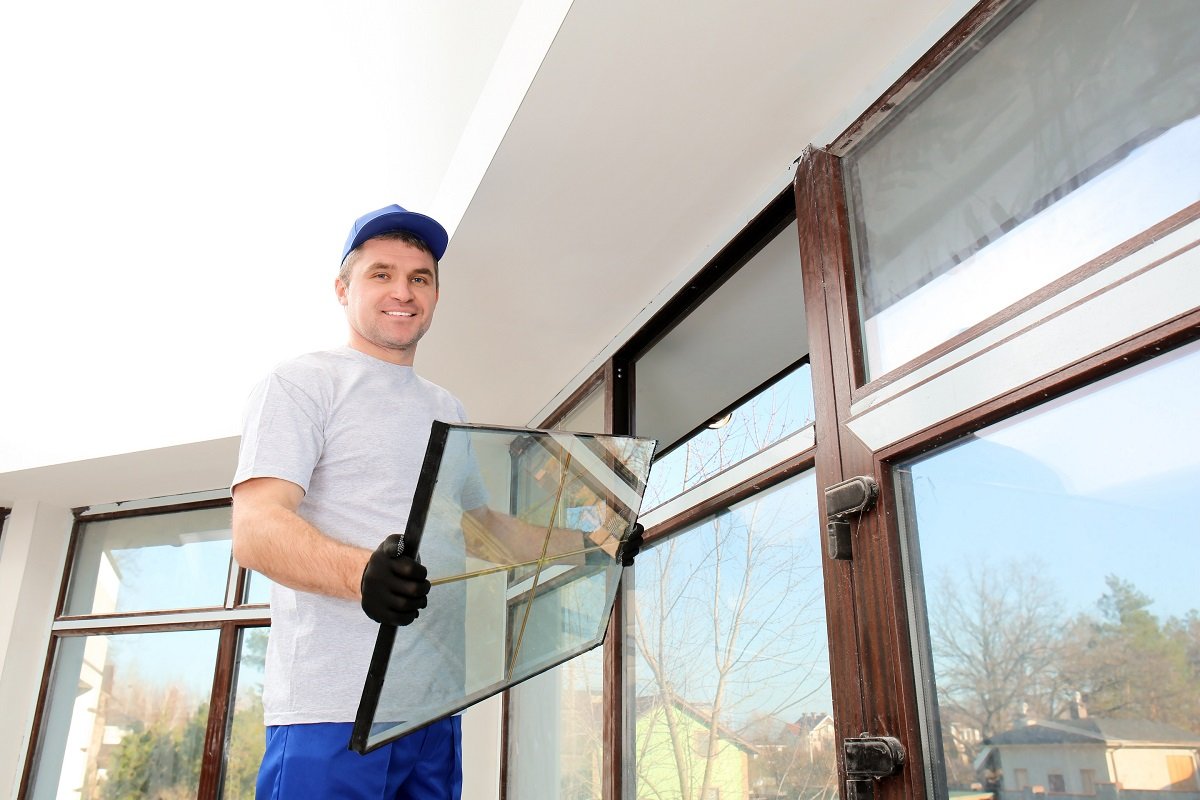Screen damage is a common issue for homeowners in Hamilton, but minor repairs can often be easily addressed with some DIY know-how. With these helpful tips, you can learn how to fix minor screen issues on your own, saving time and money while keeping your home looking its best.
Patching Small Holes and Tears
Small holes and tears in screens are often caused by pets, weather, or everyday wear and tear. Fortunately, patching these minor issues is a simple DIY task that requires minimal materials and expertise.
Materials Needed: To patch small holes and tears, you’ll need a patching kit or some screen repair tape, scissors, and a utility knife.
Step-by-Step Instructions: Cut a patch from the repair material slightly larger than the hole or tear, then place it over the damaged area and press firmly to secure. Trim any excess material with scissors or a utility knife for a neat finish.
With these simple steps, you can quickly and easily patch small holes and tears in your screens, restoring their functionality and appearance with minimal effort.
Replacing Damaged Screen Mesh
If your screen mesh is severely damaged or torn, it may be necessary to replace the entire section of mesh. While this task requires a bit more time and effort than patching, it’s still a manageable DIY project for most homeowners.
Materials Needed: To replace damaged screen mesh, you’ll need a roll of replacement screen mesh, a screen spline roller, scissors, and a utility knife.
Step-by-Step Instructions: Remove the damaged section of screen mesh by cutting along the frame with a utility knife. Cut a new piece of replacement mesh slightly larger than the opening, then use a spline roller to press the new mesh into the frame and trim any excess material with scissors or a utility knife.
By following these step-by-step instructions, you can easily replace damaged screen mesh and restore the functionality of your screens in no time.

Fixing Loose or Missing Spline
The spline is the rubber or vinyl cord that holds the screen mesh in place within the frame. Over time, spline can become loose or go missing altogether, causing the screen mesh to sag or come loose.
Materials Needed: To fix loose or missing spline, you’ll need a spline tool or flathead screwdriver, replacement spline, and scissors.
Step-by-Step Instructions: Use a spline tool or flathead screwdriver to gently lift the old spline out of the frame groove. Cut a new piece of replacement spline slightly longer than the groove and press it into place with the spline tool, starting at one corner and working your way around the frame. Trim any excess spline with scissors for a neat finish.
By replacing loose or missing spline, you can ensure that your screen mesh is securely held in place within the frame, preventing sagging and ensuring optimal functionality.
Cleaning and Maintenance Tips
Regular cleaning and maintenance are essential for prolonging the life of your screens and preventing future damage. By following these simple tips, you can keep your screens in top condition year-round.
Regular Cleaning: Use a mild detergent and water solution to gently clean your screens, removing dirt, dust, and debris. Avoid using abrasive cleaners or brushes that could damage the screen mesh.
Inspect for Damage: Regularly inspect your screens for signs of damage, such as holes, tears, or loose spline, and address any issues promptly to prevent further damage.
Trim Vegetation: Keep vegetation trimmed back from your screens to prevent branches, leaves, and other debris from causing damage or obstructing airflow.
By incorporating regular cleaning and maintenance into your home care routine, you can prolong the life of your screens and minimize the need for repairs in the future.
Knowing When to Call a Professional
While many screen repairs can be easily handled as DIY projects, there are times when it’s best to leave the job to the professionals. If you’re unsure about the extent of the damage or lack the necessary tools and expertise, it’s always a good idea to call in a professional screen repair service for assistance.
Extensive Damage: If your screens have extensive damage or require complex repairs, it’s best to seek professional help to ensure the job is done correctly.
Lack of Expertise: If you’re unfamiliar with screen repair techniques or lack the necessary tools and materials, hiring a professional can save you time, effort, and potential frustration.
Knowing when to call a professional for screen repair can help ensure that the job is done correctly and efficiently, saving you time and hassle in the long run.
With these DIY screen repair tips, Hamilton homeowners can easily tackle minor screen issues on their own, saving time and money while keeping their homes looking their best. Whether you’re patching small holes and tears, replacing damaged screen mesh, fixing loose or missing spline, or performing routine cleaning and maintenance, these simple tips can help you maintain the functionality and appearance of your screens year-round. However, if you encounter extensive damage or lack the necessary expertise, don’t hesitate to call a professional screen repair service for assistance. By taking proactive steps to address screen issues promptly and effectively, you can ensure that your screens remain in top condition for years to come.
